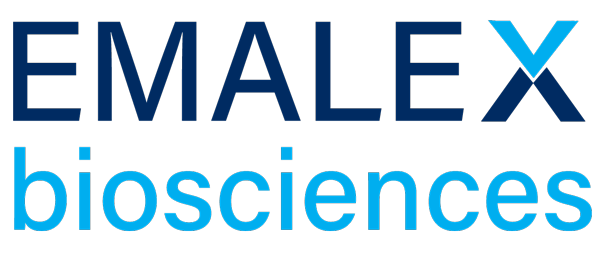
In 2024, Paragon and its portfolio companies achieved remarkable research and development progress, driving innovative solutions for patients with critical unmet needs. With key operational initiatives in place for a new drug application filing in 2025 and expected approval in 2026, we are strategically positioned for significant value creation.

Emalex Completes Phase 3 Tourette Syndrome Study
To cap an outstanding year, Emalex was named “Neuroscience Therapeutics Company of the Year” from BioTech Breakthrough. This award recognizes top companies worldwide in the life science and biotechnology fields. The company’s lead product was also featured as a highlight of the year at the annual Child Neurology Society Meeting.
Emalex completed its Phase 3 study for Tourette syndrome and received positive topline data. It is one step closer to having the first drug approved specifically for Tourette syndrome, offering relief to nearly 500,000 people in the U.S. alone.
Tourette syndrome is a neurological condition that causes sudden, uncontrollable movements or sounds (tics). Emalex’s lead product has been shown to reduce tics.

Harmony Expands and Diversifies Pipeline
Harmony Biosciences expanded its central nervous system pipeline to help people living with rare neurological diseases. Now with three dynamic franchises, an impressive portfolio of eight innovative assets, 13 active development programs, and four Phase 3 programs, Harmony is leading the charge to deliver groundbreaking therapies to those with profound unmet medical needs.
Epygenix Therapeutics, a late-stage biopharmaceutical company focused on genetic epilepsy in childhood therapeutics, and a new potentially best-in-class drug for sleep/wake disorders were recently incorporated into Harmony’s portfolio.
The company’s strong financial performance contributed to a successful year of patient-centric growth. In Q3, Harmony’s lead therapeutic surpassed $2 billion in cumulative net revenue—a milestone achieved in under five years. Harmony also hosted its first Investor Day which featured presentations from Harmony’s executive leadership team and industry experts and garnered positive media coverage.

Promising Early Data Ignites CiRC
Retinitis pigmentosa (RP) is one of the leading causes of blindness. CiRC is on a mission to help restore vision loss for people with RP and hopes to even reverse disease progression.
There is no cure for RP, a genetic disease that affects an estimated 2 million people worldwide. Current treatments only provide relief to a very small portion of RP patients, leaving most patients without treatment options.
Early data using CiRC’s cell therapy for RP has been promising. CiRC is also exploring other applications of its technology into new disease areas. Notably, CiRC has generated impressive lab data with a cell therapy for Parkinson’s disease and is progressing into further studies.

Evozyne Advances Protein Therapeutics Programs
Harnessing the power of generative AI, Evozyne is designing novel proteins that have the potential to create life-changing treatments.
Evozyne’s efficient model allows it to accelerate the time from idea to clinical testing. It is advancing a novel program for phenylketonuria (PKU), as well as a therapeutics platform to address a wide range of immune-related diseases.
The company is also pursuing promising breakthroughs using a new, AI-driven approach to drug discover called the Evozyne Engine.
Guiding Evozyne’s novel protein design is new Chief Scientific Officer, Gary Krishnan. With nearly three decades of experience in the biopharma industry, Krishnan brings unparalleled expertise and a successful track record in drug discovery.

Castle Creek Begins Phase 3 DEB Study
Epidermolysis bullosa (EB) is said to be “the worst disease you’ve never heard of.” This genetic skin disorder allows layers of skin to become extremely fragile, causing painful blisters and tears from ordinary activities of daily living. These wounds require daily treatment and often develop into skin cancer and lead to death.
Castle Creek is conducting a Phase 3 study to treat dystrophic epidermolysis bullosa (DEB), a type of EB.
For many DEB patients, wounds impact nearly their entire body. Given the variety and severity of these wounds, research has shown the need for multiple treatment options.
To maximize its platform value, Castle Creek expects to use its core technology to develop different formulations and expand into other diseases with significant unmet need.

